Liam Hurrel
Proactive monitoring and smoke testing in your production environment
#1about 8 minutes
Introduction to proactive monitoring and smoke testing
An overview of the session's goals, tools, and the fundamental questions that smoke testing aims to answer for developers and DevOps teams.
#2about 5 minutes
Defining smoke testing for core functionality
Smoke testing provides quick, end-to-end feedback on core application functionality and performance immediately after a deployment.
#3about 4 minutes
Determining the right time to run smoke tests
Run smoke tests after fresh deployments and at regular intervals in both staging and production to ensure continuous confidence in your application's stability.
#4about 2 minutes
Comparing manual and automated smoke testing approaches
Automated, cloud-hosted solutions provide a scalable framework for running tests on a schedule and integrating results with observability platforms.
#5about 3 minutes
Practical use cases for smoke testing applications
Common smoke tests validate critical user workflows like registration, login, adding items to a cart, and ensuring essential API endpoints are responsive.
#6about 5 minutes
Using New Relic Synthetics for automated testing
New Relic Synthetics provides different monitor types like Ping, Simple Browser, Scripted Browser, and API tests to cover availability, functionality, and performance.
#7about 12 minutes
Creating Ping and Simple Browser monitors for basic checks
A walkthrough of setting up a Ping monitor to check URL availability and a Simple Browser monitor to benchmark page load performance from multiple locations.
#8about 12 minutes
Building a scripted API test for endpoint validation
A live coding demonstration shows how to write a Node.js-based script to make HTTP requests to an API endpoint and assert the response status code.
#9about 12 minutes
Developing a scripted browser test for user journeys
Learn to write a Selenium-based script that automates a real Chrome browser to navigate a website, click links, and validate a complete user workflow.
#10about 14 minutes
Using the Selenium IDE to record browser test scripts
A demonstration of the Selenium IDE Chrome extension shows how to record user interactions on a website and export them as a script for automated testing.
#11about 11 minutes
Reporting and alerting on synthetic monitor results
Use SLA reports, custom dashboards with NRQL, and alert policies to visualize test performance over time and receive notifications for any failures.
Related jobs
Jobs that call for the skills explored in this talk.
Matching moments
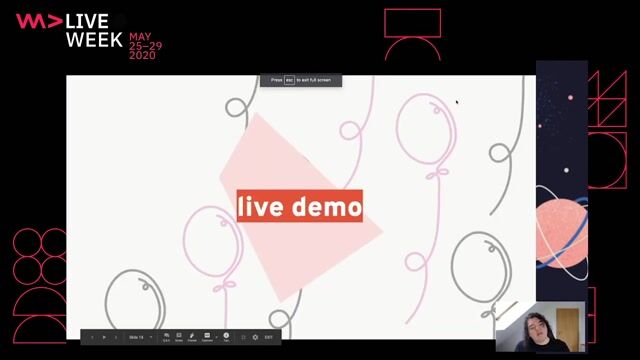
19:42 MIN
Automating reactive performance testing in your CI/CD pipeline
Frontend Performance Testing in practice
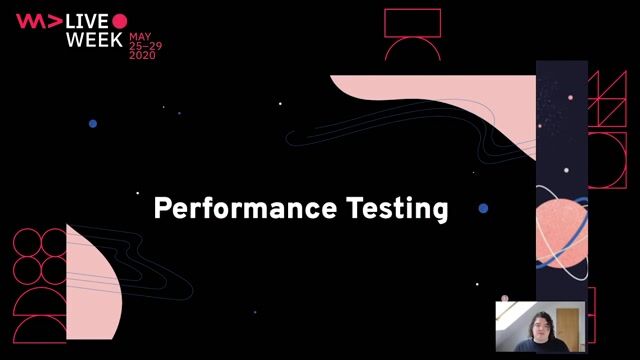
12:14 MIN
An overview of proactive, reactive, and passive testing
Frontend Performance Testing in practice

27:45 MIN
Automating web tests with synthetic monitoring
Implementing smoke testing and proactive monitoring in production
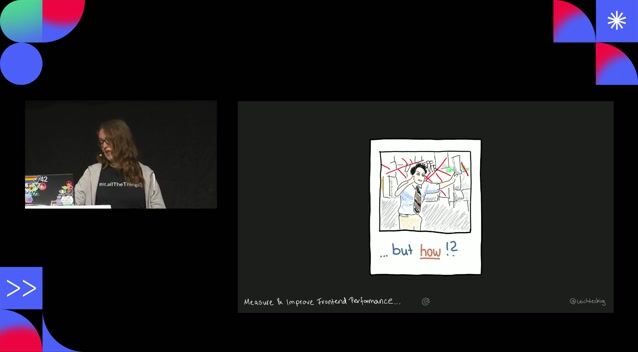
05:26 MIN
Using end-to-end tests for performance monitoring
Measure and improve frontend performance by using test automation

23:51 MIN
Solving practical DevOps challenges with strategic tooling
The journey from developer to devops - what i've learnt along the way
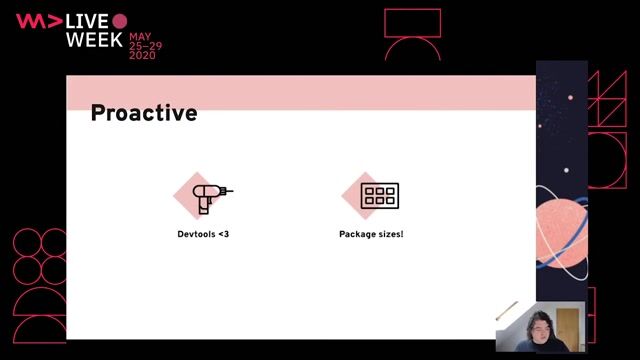
14:54 MIN
Proactive testing with dev tools and bundle analyzers
Frontend Performance Testing in practice

17:41 MIN
Presenting live web scraping demos at a developer conference
Tech with Tim at WeAreDevelopers World Congress 2024
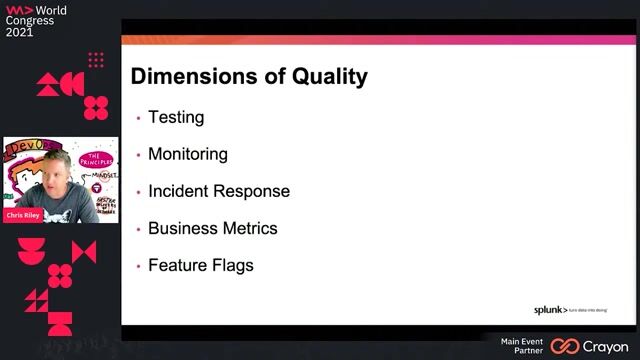
17:04 MIN
Going beyond unit tests with modern application testing
What Developers Get Wrong About Application Quality
Featured Partners
Related Videos
 1:29:04
1:29:04Implementing smoke testing and proactive monitoring in production
Liam Hurrell & Jan Kunzmann
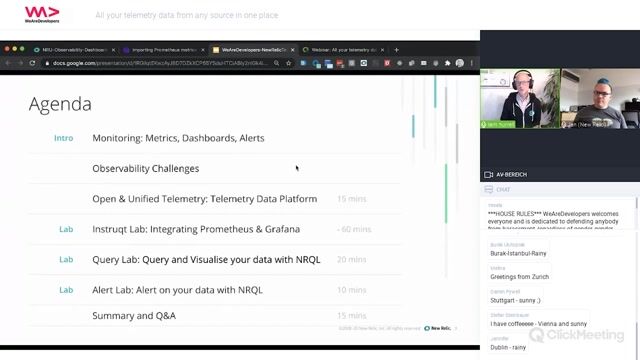 2:01:25
2:01:25All your telemetry data from any source in one place
Liam Hurrell
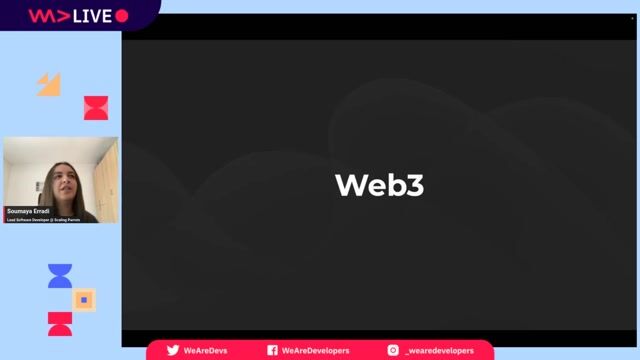 53:58
53:58Testing web3 applications
Soumaya Erradi
 36:50
36:50Frontend Performance Testing in practice
Jonas Kröger
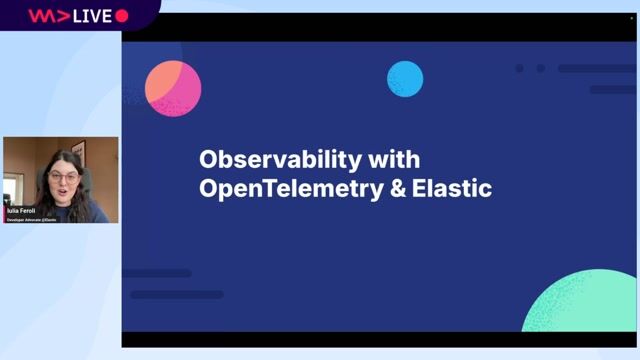 30:29
30:29Observability with OpenTelemetry & Elastic
Iulia Feroli
 25:38
25:38Measure and improve frontend performance by using test automation
Ramona Schwering
 54:23
54:23Let's get visual - Visual testing in your project
Ramona Schwering
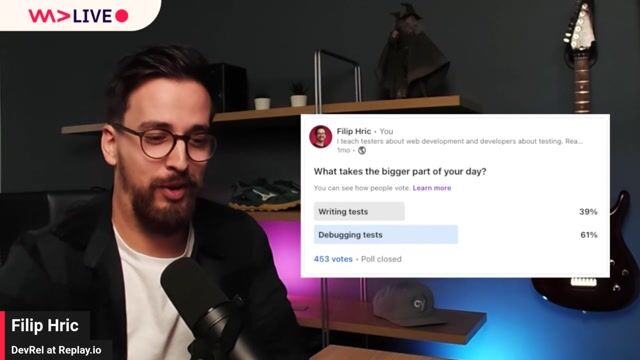 50:28
50:28Fighting test flakiness with time machines
Filip Hric
From learning to earning
Jobs that call for the skills explored in this talk.








